The opening of Cromwell Place, a major new arts hub and members’ organisation in South Kensington, London, has been eagerly anticipated since the project was announced in 2016. What has particularly caught the imagination is the promise of a new model for art businesses – with members able to network, stage exhibitions and display works to prospective clients, all without the high fixed overheads of permanent premises in the city. In the context of the Covid-19 pandemic, though, the public launch of Cromwell Place’s inaugural exhibition programme on 10 October – with protective measures in place – offers far more than welcome innovation. It feels like a small miracle.
Nestled in London’s museum quarter, from its exterior Cromwell Place remains unchanged since the five Grade II listed townhouses were designed by Sir Charles James Freake in 1858. Behind those smart facades, however, a substantial architectural transformation has taken place. What were once grand domestic rooms have been reimagined as 14 exhibition spaces, ranging in size from an intimate 22 sq m to 143 sq m (the largest is a new pavilion gallery that has been constructed behind the building); these have a light, elegant design that will serve as a blank canvas for members, but the galleries also retain original features, such as plasterwork friezes, which will distinguish them from more conventional white cubes. Throughout the building, abundant natural light enters through windows and skylights that offer unexpected views of the surrounding city – as do link bridges, which allow a free flow of visitors between the townhouses’ discrete spaces.
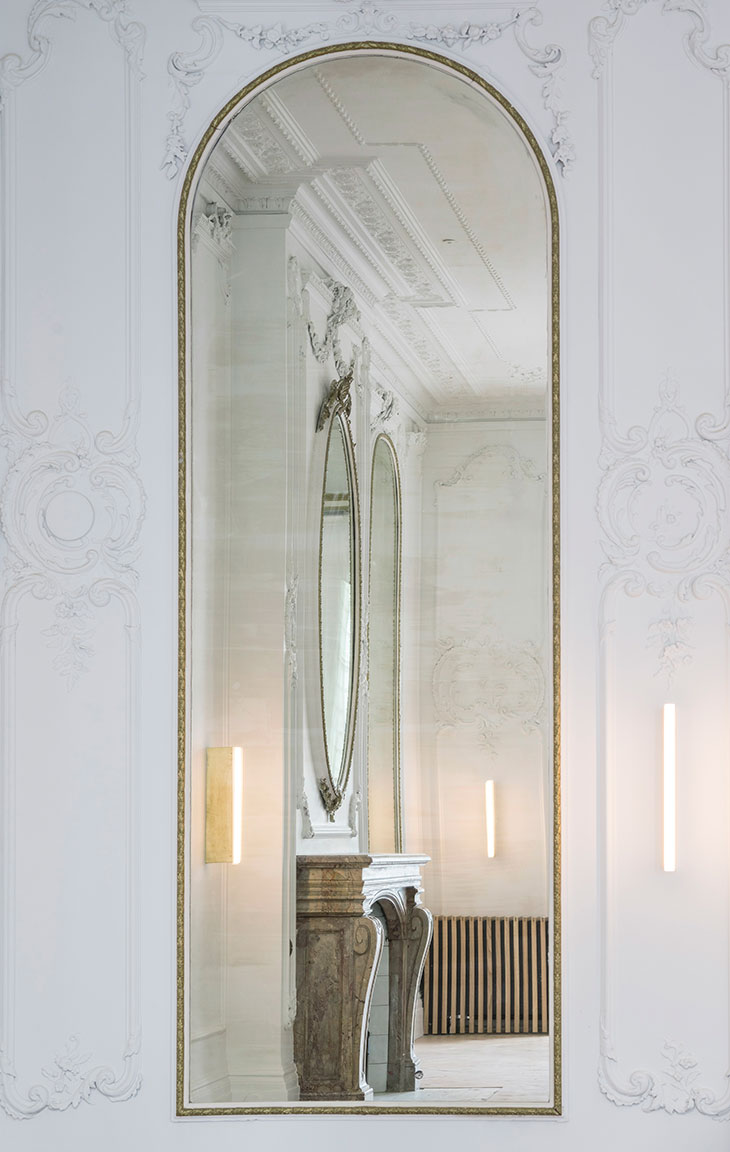
A view of the Club Room at Cromwell Place
Among the facilities that members will be able access are private and shared offices, viewing rooms, art storage facilities and a Club Room (opening early next year); resident members will also take a permanent space on site. Those residents include European paintings specialist Stair Sainty Gallery, which is relocating from Dover Street, and the pioneering Ethiopian gallery Addis Fine Art, as well as SFA Art Advisory (that galleries and advisory firms will work share the building is a further innovation). Another is the blue-chip contemporary art gallery Lehmann Maupin, which has galleries in New York, Hong Kong and Seoul. Isabella Icoz, senior director of the gallery’s London office, says the city has long been on its radar; a major draw was the location of Cromwell Place, close to the homes of many of the gallery’s London-based clients and a (relatively) quick drive from Heathrow.
Also appealing was the venue’s size and flexibility. With access to Cromwell Place’s range of gallery spaces, Lehmann Maupin envisages an ambitious programme of site-specific activations, installations and salon-style talks. ‘Cromwell Place allows us to work with our artists to identify which space is appropriate for their needs,’ Icoz explains. ‘This gives much more freedom than a fixed gallery space because overnight we can expand or contract, and the unique charm of the various venues means that every time our visitors come they will see something new and unexpected.’ The gallery is already making good on this promise: part of its first presentation is a project by Billy Childish, part-exhibition, part-residency, with the artist producing paintings live on-site in response to his newly published series of autobiographical photographs.
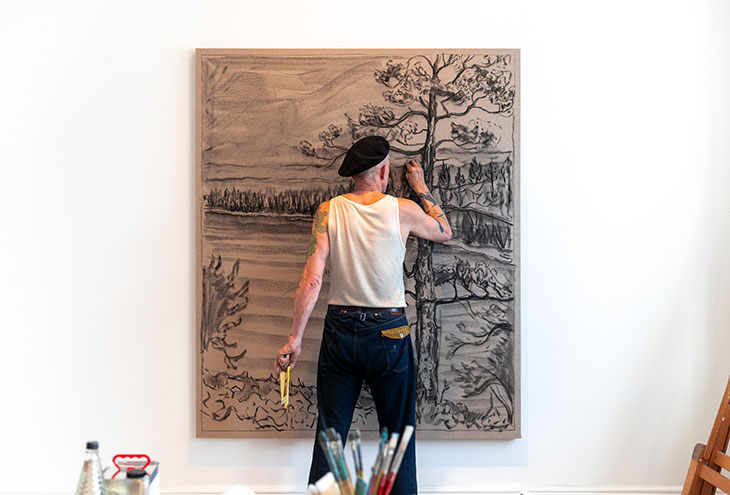
Billy Childish at Lehmann Maupin, Cromwell Place. Photo: Lucy Emms
Dubai-based gallery Lawrie Shabibi is another newcomer to London, and one of Cromwell Place’s many international members. Director Asmaa Al-Shabibi is embracing the opportunity to test the London market, and believes that having a fixed but flexible location will be key to establishing the gallery’s identity in the city. Underscoring its strong roster of artists from the MENA region, Lawrie Shabibi’s first exhibition at Cromwell Place consists of a series of swirling, psychedelic Op art works by the 84-year-old Moroccan artist Mohamed Melehi, subject of a major survey exhibition at Concrete in Dubai this autumn. ‘We have lots of Emirati artists who have never exhibited in London before and are excited,’ Al-Shabibi says. ‘Some have shown at fairs, but having a solo gallery show makes a difference. Cromwell Place will really allow us to increase their visibility.’
Marie Tourre de Robien, director of Initio Fine Arts, speaks with excitement about the benefits to an emerging gallery of joining a larger community. Cromwell Place is encouraging members to take advantage of this camaraderie by jointly holding their openings on Tuesdays. ‘Tuesday is the new Thursday,’ she jokes, adding: ‘If you do a pop-up, only people you already know will come. Here you can build on the audiences of more established galleries too.’ The gallery’s presentation of design pieces from France (by Reda Amalou) and Hungary (by Anna Horváth) exemplifies its European ethos. ‘With Covid-19 and Brexit, everything is closing and becoming more national, so we are trying to join together different cultures,’ she explains.
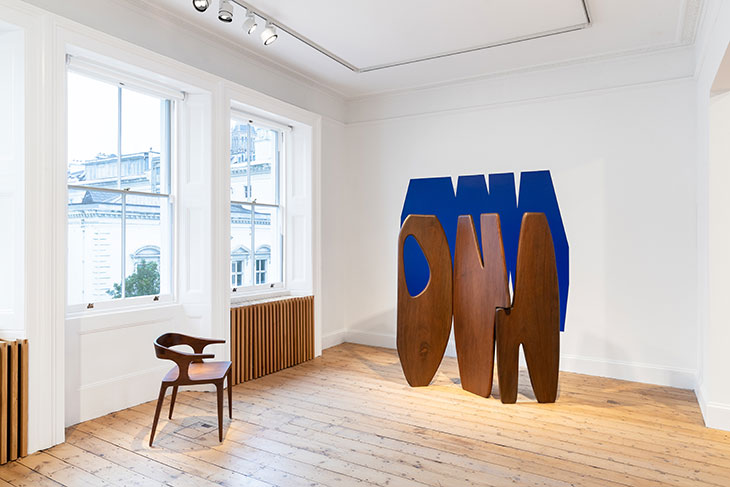
Installation view of ‘Identity Design’ at Initio Fine Arts, Cromwell Place. Photo: Lucy Emms
Cromwell Place offers free honorary membership to non-profit organisations, several of which are participating this month. Housed in the garden’s pavilion gallery, the third edition of Procreate Project’s Mother Art Prize presents work by self-identifying women and non-binary artists that addresses underrepresented themes of the maternal experience and the politics of childbirth. Meanwhile, the De Morgan Foundation is enjoying a homecoming of sorts, by bringing works by Evelyn and William De Morgan to within walking distance from their former residence on Old Church Street. Evelyn’s sincere, somewhat disquieting visions are displayed alongside William’s ceramics, which are directly indebted to the Iznik tiles he studied during visits to the nearby V&A. Curator Sarah Hardy hopes that the exhibition may draw new friends and patrons to the charity, as well as attracting new audiences and offering an intriguing counterpoint to the other inaugural exhibitions.
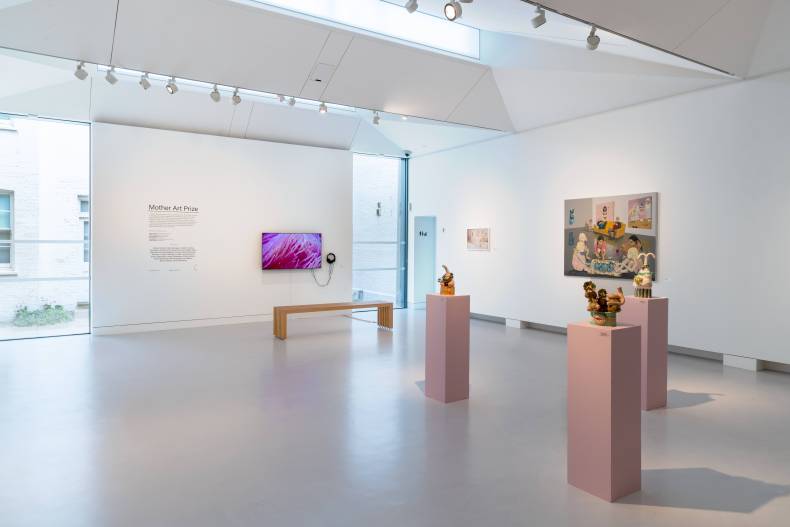
Installation view of Procreate Project’s ‘Mother Art Prize 2020’ exhibition, Cromwell Place. Photo: Lucy Emms
Putting its guests’ safety first, Cromwell Place has developed a system of 15-minute time slots, one-way movement through the building and a maximum of six people in one room at any time. All the same, some international members have for now been forced by circumstance to keep their powder dry. Before travel restrictions intervened, Daphne King Yao, director of Alisan Fine Arts in Hong Kong, was planning an exhibition of contemporary Chinese ink art to take place during Asia Week in November. It’s set to go ahead next year, bringing to the UK both emerging artists in this medium and more established names such as Wang Tiande and Tai Xiangzhou.
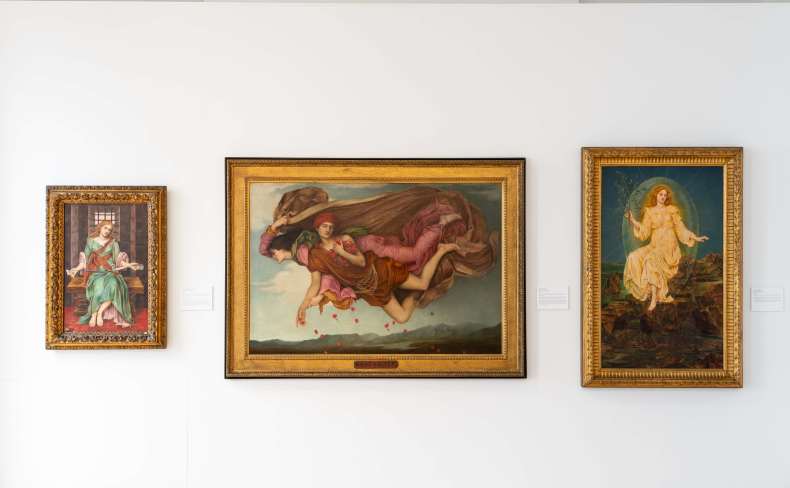
Installation view of ‘The De Morgan Collection Returns to Chelsea’, Cromwell Place. Photo: Lucy Emms
Speaking to members of Cromwell Place, a repeated refrain is that the new venue feels timelier than ever. ‘It’s anyone’s guess where the art world is heading,’ says Al-Shabibi. ‘Cromwell Place is a great solution for the situation we are in now: people are nervous about going to big events.’ With its fixed but flexible spaces, it strikes a simple compromise between the art world’s tried and tested – but arguably tired – models of art fairs and permanent galleries. It is easy to imagine how Cromwell Place will draw in crowds when it can.
Visit the Cromwell Place website to find out more.
Unlimited access from just $16 every 3 months
Subscribe to get unlimited and exclusive access to the top art stories, interviews and exhibition reviews.

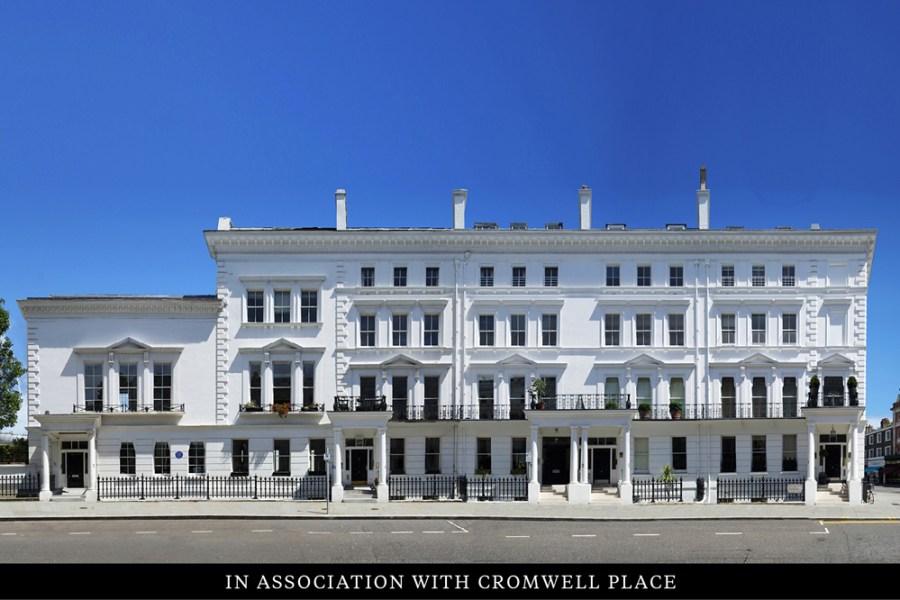
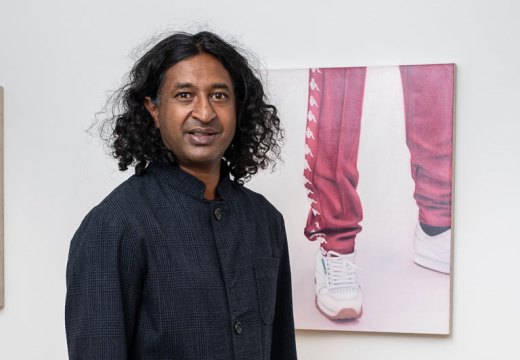
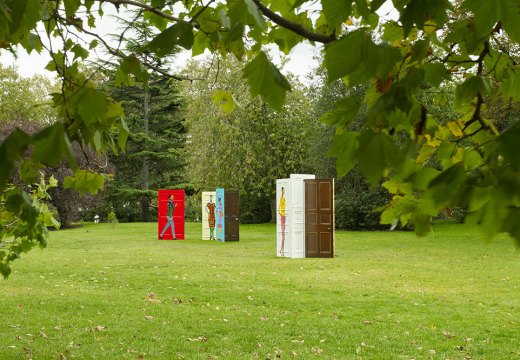
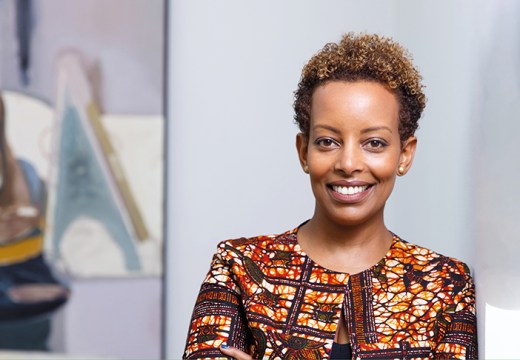









![Masterpiece [Re]discovery 2022. Photo: Ben Fisher Photography, courtesy of Masterpiece London](http://www.apollo-magazine.com/wp-content/uploads/2022/07/MPL2022_4263.jpg)
Why are fathers so absent from art history?